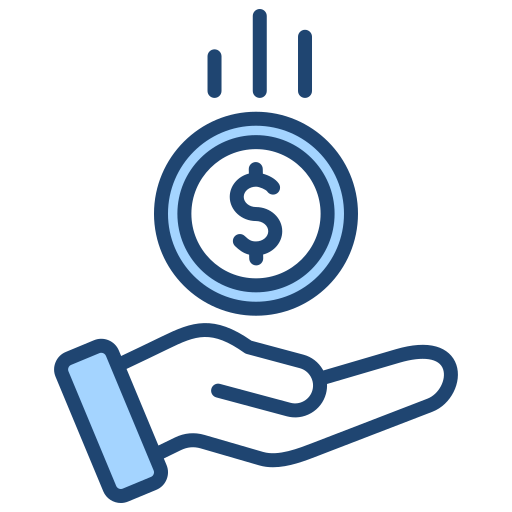Our daily habits shape our lives in more ways than we realize. Whether it’s the first thing we do in the morning or the way we wind down at night, these small, seemingly insignificant actions add up over time. The good news? You have the power to shape your habits to improve your health, productivity, and overall well-being.
Why Habits Matter
Habits are the foundation of our routines. Studies show that nearly 40% of our daily actions are automatic, meaning we don’t consciously think about them. By developing positive habits, we can create lasting improvements in our lives without having to rely on constant motivation.
How to Build Good Habits
1. Start Small
The biggest mistake people make when trying to form new habits is going too big, too fast. Instead of aiming to work out for an hour every day, start with 5-10 minutes. Instead of reading a book a week, start with one page per day. Small, consistent actions are more effective than drastic changes that are hard to maintain.
2. Stack New Habits onto Existing Ones
A great way to develop a habit is by attaching it to something you already do. For example:
Want to drink more water? Take a sip every time you check your phone.
Want to stretch more? Do a quick stretch after brushing your teeth.
Want to journal? Keep a notebook next to your coffee mug and write for a minute each morning.
By linking habits together, they become automatic over time.
3. Make It Easy
If a habit is too difficult, you’re less likely to stick with it. Simplify your habits by removing obstacles:
Want to eat healthier? Keep fruits and veggies pre-cut and easily accessible.
Want to work out? Lay out your workout clothes the night before.
Want to read more? Keep a book on your nightstand instead of your phone.
4. Track Your Progress
Keeping track of your habits can be highly motivating. Whether it’s checking off a calendar, using a habit-tracking app, or jotting it down in a notebook, seeing your progress helps build momentum.
5. Give Yourself a Reward
Rewards reinforce habits. They don’t have to be big—sometimes, just the satisfaction of checking something off a list is enough. Other small rewards include:
A cup of coffee after a morning workout
Watching an episode of your favorite show after completing a task
Treating yourself to a small gift after a month of consistent progress
Breaking Bad Habits
While building good habits is important, breaking bad ones is just as crucial. Here’s how:
Identify Triggers: Notice what situations or emotions lead to a bad habit. Stress, boredom, or specific environments can all play a role.
Replace Instead of Remove: It’s easier to swap out a bad habit than to eliminate it completely. Instead of scrolling on your phone before bed, try reading a book instead.
Make It Harder: Increase the effort required to do the bad habit. If you want to cut down on social media, log out after each session or move the apps to a hidden folder.
The Power of Consistency
The key to lasting change is consistency. You don’t need to be perfect—you just need to stick with your habits long enough for them to become second nature. Small daily actions, when repeated over time, create massive results.
Final Thoughts
Good habits can transform your life in ways you never imagined. Whether it’s improving your health, boosting your productivity, or enhancing your mindset, the key is to start small and stay consistent.
What habit will you start today?


